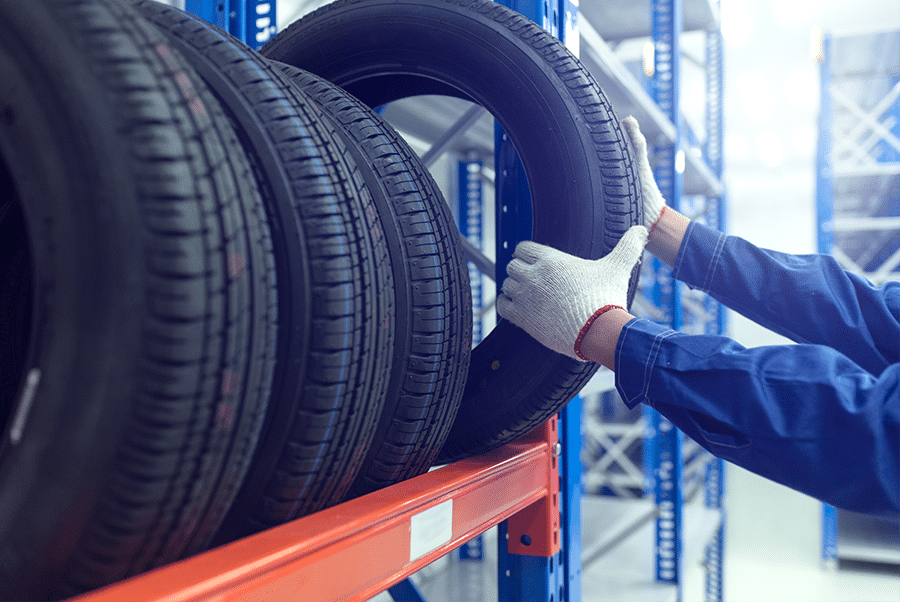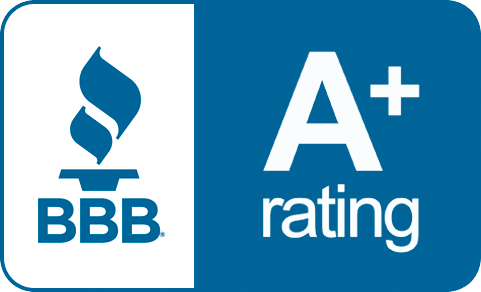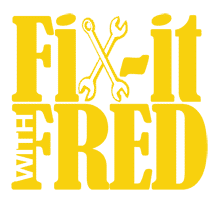Car Tire Repairs and Services in Canton, Ohio
The condition and upkeep of your vehicle's tires play a pivotal role in ensuring its safety and performance. Optimal tire maintenance and regular care minimize the likelihood of encountering tire issues or reduced traction while driving.
Tires For Every Occasion
We service a broad spectrum of tires, including:
- All-season tires
- All-terrain tires
- Passenger tires
- Performance tires
- Summer tires
- Specialty tires, such as winter and snow tires
- Touring tires
- Other types of tires
Tire Damage Assessment and Repair
- Before proceeding with any services, we will meticulously examine your tires to determine their type, size, and the exact spot of any damage. If the damage is positioned on the sidewall or if multiple punctures are found, we may opt for tire replacement rather than repair. Detailed inspections may require our professionals to dismount the tire.
- Upon pinpointing the damage, we proceed with the most appropriate solution.
- Most tires can be repaired using one of two common solutions:
- Plug: A quick method where a rubberized material is inserted into the puncture from the outside. Although it can be a short-term solution, it's generally less long-lasting than a patch.
- Patch: A sturdier method of repair where the patch is attached to the tire's inner liner. Often, a combination of a plug and patch (known as a plug/patch combo) is utilized to mend the tire from both inside and out, securing a longer-lasting fix.
- Following the repair, the tire is reinflated to the recommended pressure. Proper tire balancing is vital for even wear and optimal vehicle control.
- Once the tire has been repaired and remounted, we will conduct a final inspection. This assessment entails checking the repair and evaluating the tire's overall condition to ensure no other problems were missed during the initial inspection. Ideally, a brief test drive can verify that the repair is secure and there are no leaks.
What Causes a Flat Tire?
- Air leakage due to damaged or corroded valve stems.
- Although rare, manufacturing defects can result in flat tires.
- Overinflation can lead to reduced traction, excessive bouncing, and a heightened risk of punctures.
- Sharp objects such as nails, screws, glass fragments, or other roadway debris can result in punctures.
- Striking curbs, hitting potholes, or encountering sharp objects due to deteriorated road conditions can harm tires, causing them to deflate.
- Tires naturally undergo wear and tear over time, becoming thinner and more prone to punctures as they age.
- Underinflation can result in increased friction, making the tires more prone to overheating or blowouts.
Maintaining the correct tire pressure and regular inspections are crucial to reducing your risk of flat tires.
Tire Rotation and Balance
Rotation and balancing are pivotal measures that amplify the safety and performance of your tires.
Tire Rotation
Regardless of your vehicle’s drivetrain, all vehicles will inevitably encounter some degree of tire wear over time. However, front tires usually experience faster tread wear compared to rear ones, which can lead to compromised vehicle control. Failing to get your tires rotated can result in significantly uneven wear, jeopardizing driving safety.
Consistent rotation and balancing extend the life of your front tires. Uniform wear allows for the simultaneous replacement of all four tires, which can be more convenient and cost-efficient in the long run.
Tire Rotation Patterns
The rotation method employed by our technicians primarily depends on your vehicle’s drivetrain. Some common tire rotation patterns include:
- Forward Cross: Ideal for front-wheel drives. Front tires move to the rear, while rear tires switch to opposing front sides.
- X-Pattern: Another technique for front-wheel drives. Tires are exchanged diagonally, with front and rear tires moving in an intersecting manner.
- Rearward Cross: The reverse of the forward cross. Front tires are positioned on the opposing rear sides, and the rear tires are shifted straight to the front.
- Front to Back: Here, the front tires are relocated to the rear and vice versa.
- Front to Back: In this pattern, the front tires are relocated to the rear and vice versa.
- Side to Side: If your vehicle has different-sized or non-directional tires on either the front or rear axle, the tires are typically shifted laterally.
- Six Tire Rotation: For vehicles with dual rear tires, each side follows a triangular rotation pattern where each side sees the outer tire move inward, the inner tire to the steering position, and the steering tire to the outer spot.
Tire Balancing
Tire balancing is a technique that uses a special machine to measure whether the tire and wheel weight are evenly distributed. If an imbalance is detected, a professional technician will attach small weights to the wheel rim to achieve a more evenly distributed balance.
How Often Should Tires Be Rotated and Balanced? How Long Do Tire Rotations and Balance Last?
It's generally recommended to get your tires rotated between 5,000 and 8,000 miles and to have them balanced around every 12,000 miles. However, these numbers can vary based on your vehicle's mileage, the condition of your tires, and specific tire brands. Many vehicle owners choose to rotate their tires every other oil change. Your vehicle's manual offers specific instructions based on your model. For a more in-depth understanding, consider consulting with a reputed auto service center like Fix-it With Fred.
Tire Replacements
- Bald Tires: If your tires are showing signs of extreme wear, such as a smooth or very worn tread, they might need replacement. Bald tires not only enhance the likelihood of punctures but also reduce road grip, particularly in challenging weather.
- Bulges or Blisters: Bulges or blisters on the tire's exterior suggest internal damage and increase the chances of a sudden tire burst.
- Continuous Loss of Pressure: Regularly needing to inflate a tire can be a symptom of a slow leak or structural harm.
- Excessive Punctures: Tires that have been repeatedly punctured or have a puncture close to its side should be considered for replacement.
- Exposed Internal Cords: If the tire's internal cords become visible, this signals excessive wear, and the tire should be replaced as soon as possible.
- Irregular Tread Wear: If you notice disproportionate wear on one side, it could hint at alignment or suspension problems, warranting a check on both the tire and the associated mechanical issue.
- Sidewall Damages: Visible cuts or cracks on a tire's sidewall could indicate a potential leak or risk of a blowout.
Manufacturers often suggest tire replacements between 36,000 to 75,000 miles or roughly every 6 to 10 years. These numbers fluctuate based on individual driving patterns, usage, and storage circumstances. Good tire care practices can prolong their lifespan. However, it’s essential to understand that most tires should be retired after a decade, regardless of how flawless their external condition seems to be.
Professional Tire Installation
Choosing a reputable local auto service center for tire mounting ensures precision and safety. Professional technicians are trained and equipped with the right tools to handle old tire removals and new tire installations with safety and efficiency.
In a standard procedure, your vehicle is elevated using a hydraulic lift. The old tires and wheels are detached, and a tire mounting device is used to separate the old tire from the rim. The rims are then examined for any damage or corrosion. If necessary, old wheel weights will also be removed.
The new tires are inflated, balanced, and then mounted onto the vehicle, with the pressure adjusted to manufacturer-recommended levels. A final inspection is done to ensure everything is in order. Most auto shops gladly offer follow-up inspections after a specified distance has been driven. Additionally, many of these establishments provide tire disposal services.
Understanding the Tire Pressure Monitoring System (TPMS)
The inception of the TPMS is attributed to the rise in accidents caused by improper tire inflation. If tire pressure drops by 25% or more, a warning light, often resembling an exclamation point surrounding a horseshoe, will appear on your car’s dashboard.
It's not uncommon for your car’s TPMS light to occasionally flicker. This can usually be attributed to temperature drops affecting the tire pressure. However, any activation of the TPMS light should warrant a professional inspection to ensure safety. A failing TPMS sensor could also signal a need for replacement. On average, most TPMS batteries last between 5 to 10 years.
Two primary methods used for monitoring tire pressure include indirect and direct approaches:
- Indirect TPMS: This method measures the speed of tire rotations through sensors embedded in the vehicle's anti-lock braking system. This data is forwarded to the central computer system for comparison with the speeds of other tires. If there's a notable disparity in rotation speed for one tire, it's likely underinflated, prompting the warning signal to activate.
- Direct TPMS: This system employs specific pressure sensors connected to the valve of each tire. Not only does it monitor tire pressure, but it also registers temperature. The information is then relayed to a main system. If a discrepancy in pressure is identified, the warning signal illuminates. Given its capability to source data from each tire separately, direct TPMS tends to offer more accurate results than its indirect counterpart.
For vehicles without built-in TPMS, service centers like Fix-it With Fred can help recommend or install upgrade kits.
Visit the Best Tire Repair Shop in Canton, Ohio
Fix-it With Fred has been delivering outstanding tire services to Canton and its neighboring communities since 2011. Our professional technicians take pride in our fast, efficient services that will restore the condition and functionality of your tires. We’ll get your vehicle back on the road safely and efficiently. Schedule your appointment with us today!


REASONS TO “FIX-IT WITH FRED”
- Reliable loaner cars
- Clean Waiting Room with Refreshments
- ASE-Certified Technicians on Staff
- Financing
- Shuttle service
- Strong Social Media Presence
- Kid Play Area in Waiting Room
- Worry-Free Maintenance Program
- 2 year/24,000 Mile Nationwide Warranty
- Night drop/early bird
- Specializing in Asian Imports
- Automotive Service Association Member
- Family Accessible bathroom
- Secure parking area
- More Than 50 Years Combined Experience
- Center for Guardian, GWC & GAC Extended Warranties
- BBB A+ Rating
- Towing
- Baby Changing Station in Bathroom

